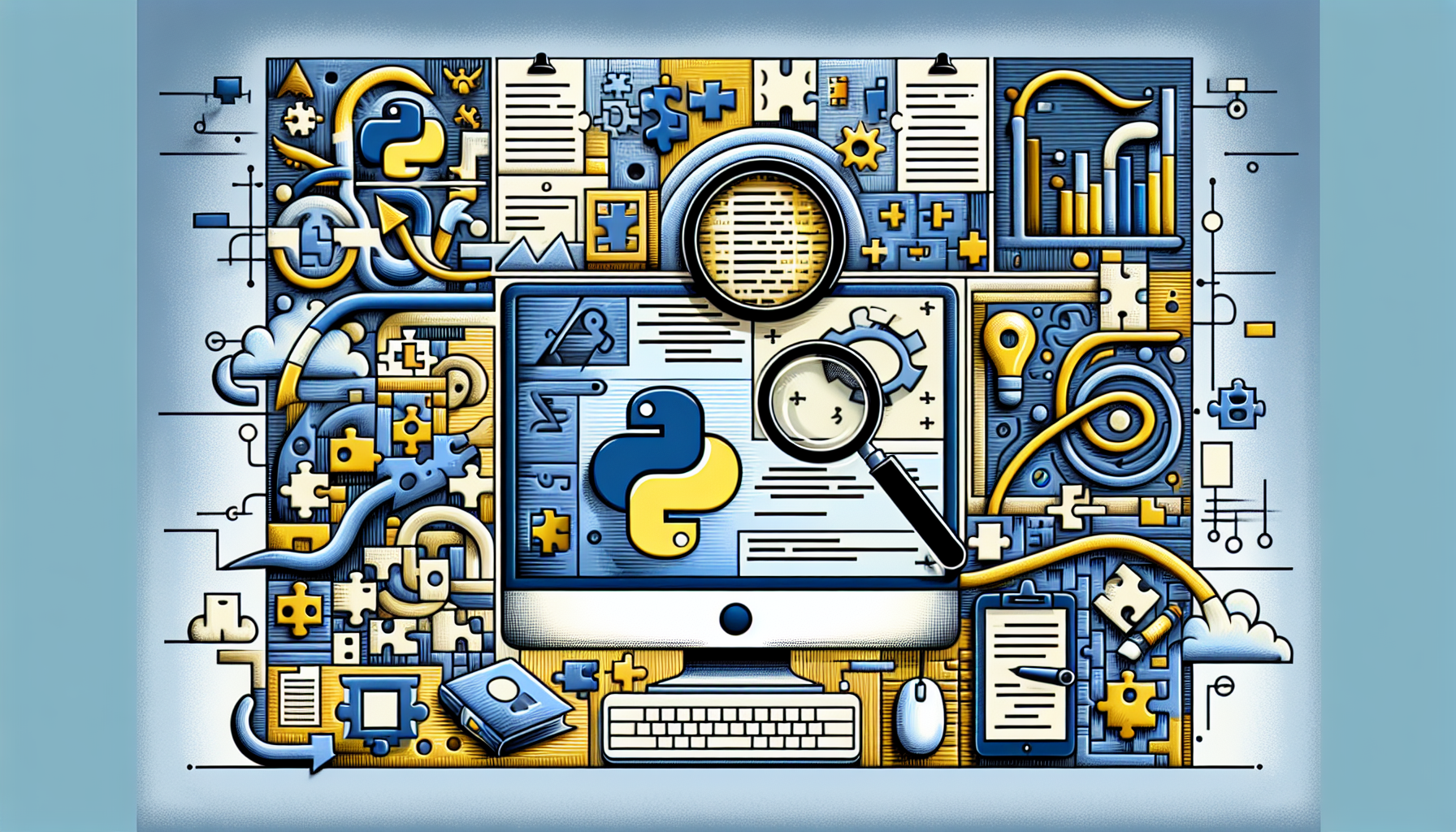Exploring the Advancements in Multi-Factor Authentication: Future Trends and Technologies for Secure Access
Introduction
Multi-factor authentication (MFA) enhances security by requiring multiple forms of verification to prove one’s identity. This method addresses vulnerabilities associated with the traditional single-password system. This post explores the latest advancements, future trends, and emerging technologies powering secure access through MFA.
Current Trends in MFA Technology
1. Mobile-based Authentication
- SMS-based Codes: Once dominant, still widely used due to its simplicity.
- Authentication Apps: Apps like Google Authenticator or Authy generate time-sensitive codes.
- Push Notifications: Users approve authentication requests sent directly to their mobile device.
2. Biometric Authentication
- Facial Recognition: Technology improved by deep learning, more secure and faster.
- Fingerprint Scanners: Common in smartphones and laptops, used for quick access.
- Voice Recognition: Less common but advancing, useful in hands-free situations.
3. Hardware Tokens
- USB-based Tokens: Devices like YubiKey or Google Titan provide physical token verification.
- Smart Cards: Often used in corporate environments, require a card reader.
Future Directions in MFA
1. Behavioral Biometrics
This form of authentication analyzes patterns of user behavior such as typing rhythm, mouse movements, and walking patterns, offering a seamless form of security that is extremely difficult to replicate.
2. Adaptive Authentication
Adaptative or risk-based authentication measures adjust the level of identity verification needed based on the user’s risk profile and context, enhancing user convenience while maintaining security.
3. Integration with Emerging Technologies
- Internet of Things (IoT): As IoT devices proliferate, MFA will be crucial in authenticating a myriad of devices in smart homes and cities.
- Blockchain: Decentralized MFA solutions reduce dependency on a single authentication provider, increasing security and privacy.
Conclusion
MFA is evolving rapidly, driven by technological innovations and the escalating need for robust cybersecurity measures. As authentication methods become more integrated and user-friendly, the challenge remains balancing security with convenience. The future of MFA looks promising with behavioral biometrics, adaptive systems, and the integration of cutting-edge technologies paving the way for more secure and efficient digital experiences.




